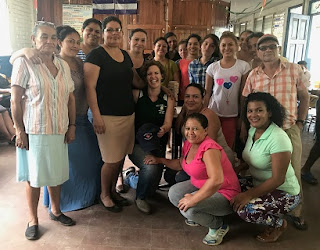Producing High Quality Chocolate: The Importance of Cacao Fermentation

Nathan King worked with a leading supplier of high quality cacao in the Dominican Republic, Zorzal Cacao, to establish fermentation protocols that will improve cacao quality and ultimately increase its marketability in the lucrative global chocolate market. Nathan has an extensive knowledge of Reserva Zorzal as he has worked as both a bird researcher and technical consultant for them in the past. On this assignment, Nathan set out to produce higher quality beans by improving the fermentation process and consistency so that there are less undesirable beans in the sorting stage. He also c ollaborated with the Zorzal team to design and build an electronic monitoring and logging system to closely manage the fermentation and drying processes. During this process, Nathan used cacao elements that are typically waste products to study how it affects the taste. Esters, components used for flavor, are increased at higher temperatures and add quality to the finished choc




